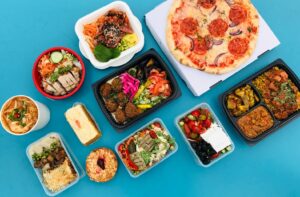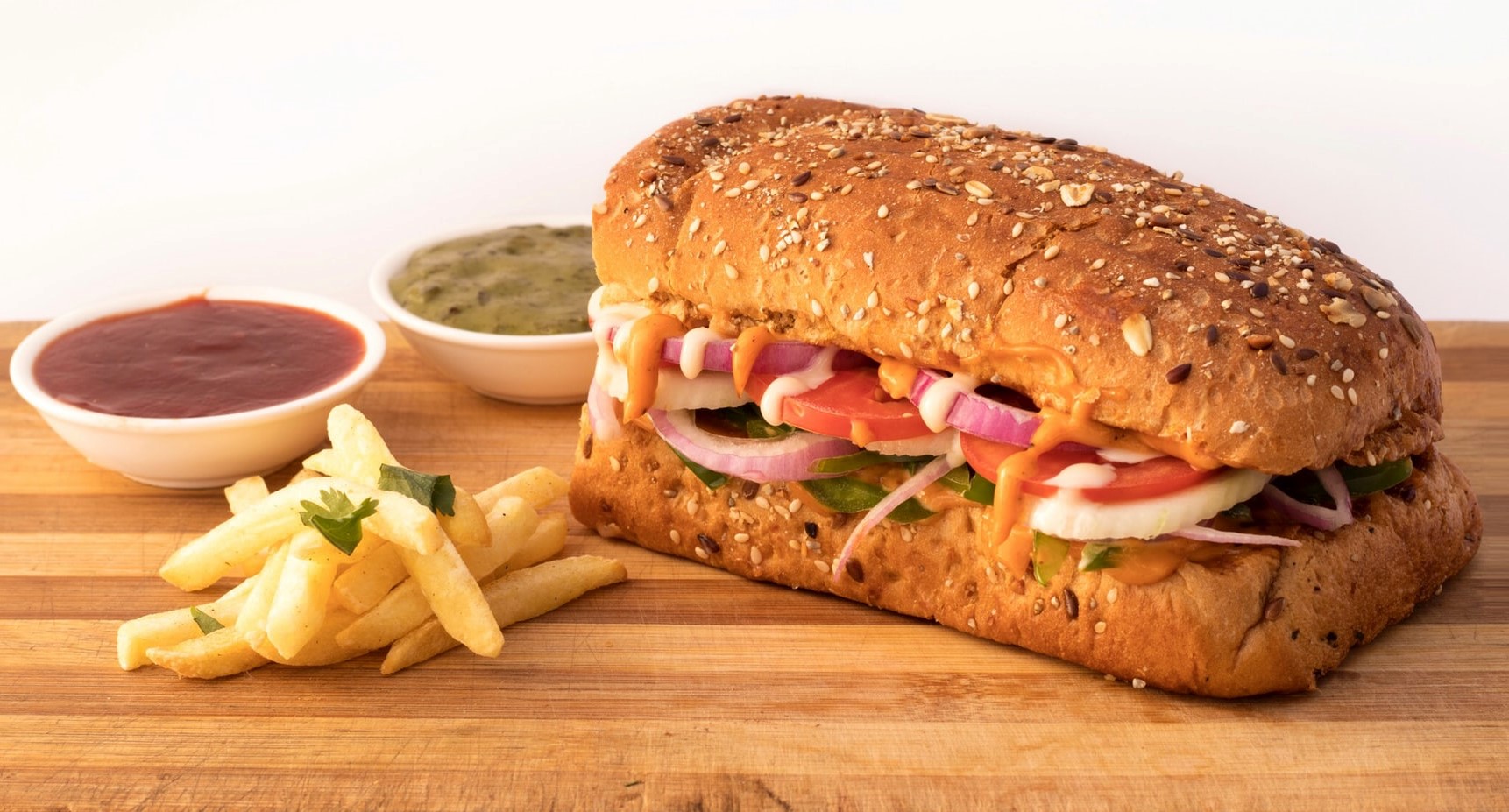According to a new study in the American Journal of Clinical Nutrition, we’re eating more “ultra-processed foods” (UPFs). That’s not the good news necessarily, but first things first.
What ARE “UPFs”? It’s a relatively new term, probably because just saying a food is “processed” doesn’t tell you much. Even cooking food yourself is processing it, so our home-cooked meals are still “processed”.
(Here’s my easy-peasy primer about the “NOVA food classification system”, and its 4 categories of processed foods, from “minimally processed” to “ultra-processed” — and why there are issues with it, scientifically.)
Findings From The Latest Study

Photo by Karthik Garikapati on Unsplash
The researchers analyzed data from the National Health and Nutrition Examination Survey (NHANES), a huge ongoing database, to assess changes in consumption of UPFs between 2001-2018, and found:
- We’re eating fewer minimally processed foods (including fresh and frozen fruits, veggies, fresh meat and fish, etc.).
- Our consumption of UPFs increased, from 53.5% to 57% of our calories, among all groups studied (age, sex, race/ethnicity, education level, and income), except Hispanics, who ate more minimally processed foods.
- The 5 UPFs with the biggest gains: Frozen pizza, sandwiches and burgers, frozen and shelf-stable meals, and candy (includes chocolate).
So…What’s The GOOD news?
Here’s where things get interesting. The “headline” may be that we’re eating more UPFs, but a deeper dive into the findings revealed:
- Calories from soda declined by about 1/3.
- Calories from other non-carbonated sweet drinks declined by about 12%.
- Ice cream calories declined by about 20%. (I love ice cream, too, but there are better ways to get your dairy!).
 We may be eating more UPFs overall, but these results show we’re eating fewer sweet drinks and more “meal-type” UPFs. Having fewer sugary sodas but more sandwiches and frozen dinners might be a good thing, because these foods can be great “vehicles” for getting more vegetables, fruits, and beans into the diet. Frozen dinners for instance, have come a long way from the “TV dinners” my brother and I occasionally ate as kids (when the parents were out for the evening). Now there are so many more healthful options for frozen dinners that the convenience factor makes it easier to “eat frozen” but eat well.
We may be eating more UPFs overall, but these results show we’re eating fewer sweet drinks and more “meal-type” UPFs. Having fewer sugary sodas but more sandwiches and frozen dinners might be a good thing, because these foods can be great “vehicles” for getting more vegetables, fruits, and beans into the diet. Frozen dinners for instance, have come a long way from the “TV dinners” my brother and I occasionally ate as kids (when the parents were out for the evening). Now there are so many more healthful options for frozen dinners that the convenience factor makes it easier to “eat frozen” but eat well.
This is where I have issues with the NOVA classification: it considers convenience foods, like sandwiches and frozen meals bad, but home cooking is good. Fine and well, but it’s not reality today. Convenience has an influence on our choices and, as a clinician, I just want the food people eat to be healthful. The NOVA system doesn’t credit the positive evolution of many convenience foods.
Also, some convenience foods, such as pizza (which, let’s face it, is just bread, cheese and tomato sauce) and breakfast cereal, might actually make it easier for families to eat together more often at home.
Any DOWN Side To Eating Fewer UPFs?
There might be. The study revealed a decline in consumption of breakfast cereals. That’s troubling, because the vast majority of cereal is eaten with milk, most also has added fruit. Anything that reduces cereal consumption could also negatively impact consumption of minimally processed foods like fruit and dairy.
Uh, that’s exactly what happened. Dairy and fruit intakes are down, although fruit (including juice) wasn’t down significantly, but it’s still way below recommended levels. Yet, NOVA considers even whole-grain cereals to be UPFs if they have so much as a speck of added sugar.
Cut-To-The-Chase Takeaway
This study’s authors encourage policies that reduce the consumption of UPFs. The authors of the NOVA system go further, recommending avoiding UPFs. As someone who actually works with consumers, including those with low-incomes, I’m concerned about the “unintended consequences” of such recommendations. It would be wiser to employ their use judiciously, such as, to facilitate increasing our consumption of minimally processed – and under-consumed – foods like fruits, vegetables, and milk.



